We’ve all grown up singing those catchy nursery rhymes, haven’t we? But did you ever stop to think about the stories behind those innocent-sounding tunes? Well, brace yourself, because some of our favorite childhood songs have surprisingly dark origins. Let’s get into the hidden tales behind these classic rhymes. And remember, sometimes, things aren’t as sweet as they sound!
Table of Contents
Ring a Ring o’ Roses
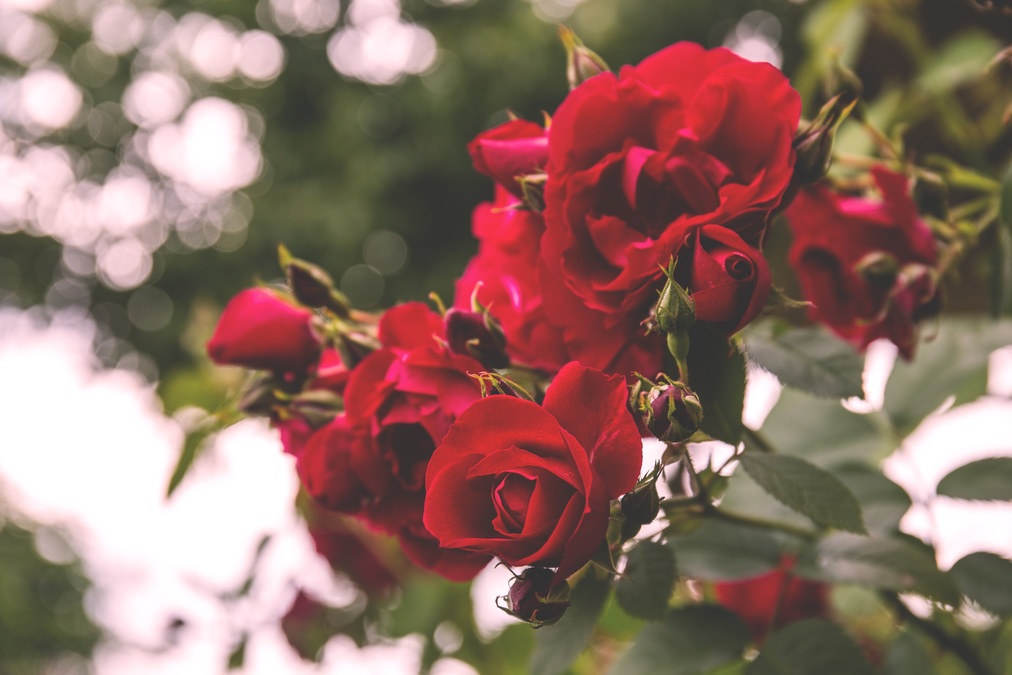
“Ring a Ring o’ Roses” paints a picture of children merrily dancing around, but its origins are far from cheerful. Historians believe it references the Great Plague of London in the 1660s. The “roses” symbolize the reddish rash that was a telltale sign of the plague. People carried “posies” or small bouquets of herbs, thinking they would ward off the disease. The grim ending, “we all fall down,” likely alludes to the many who succumbed to the illness.
Mary, Mary, Quite Contrary
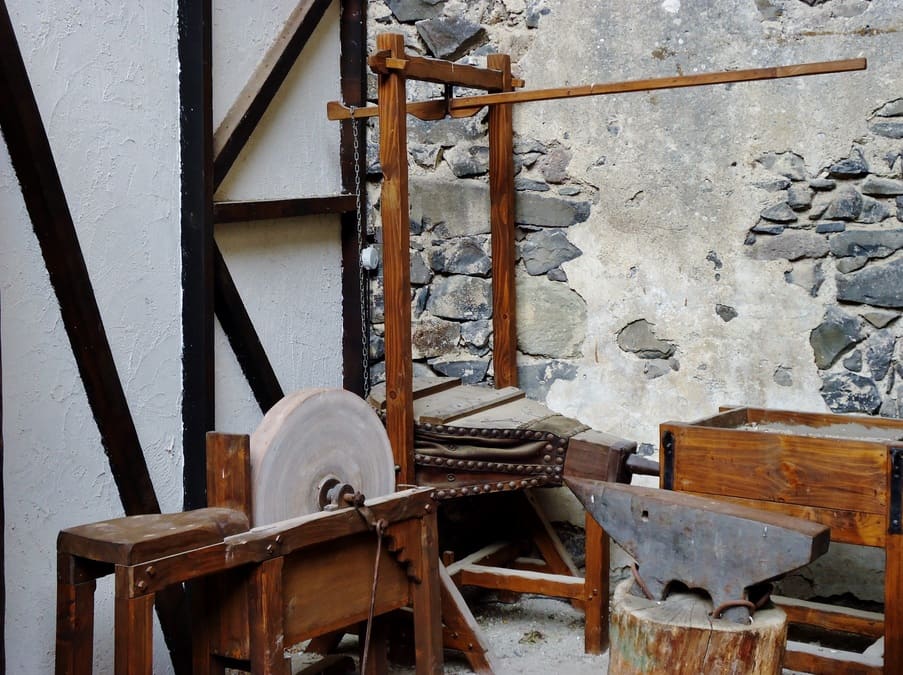
While it might sound like a whimsical garden tale, this rhyme has a much darker undertone. It’s believed to be about Queen Mary I of England, infamously dubbed “Bloody Mary.” Her reign was marked by her attempts to revert England to Roman Catholicism, leading to the persecution and execution of Protestants. The “silver bells and cockle shells” aren’t innocent garden tools but are thought to represent instruments of torture from that era.
Three Blind Mice
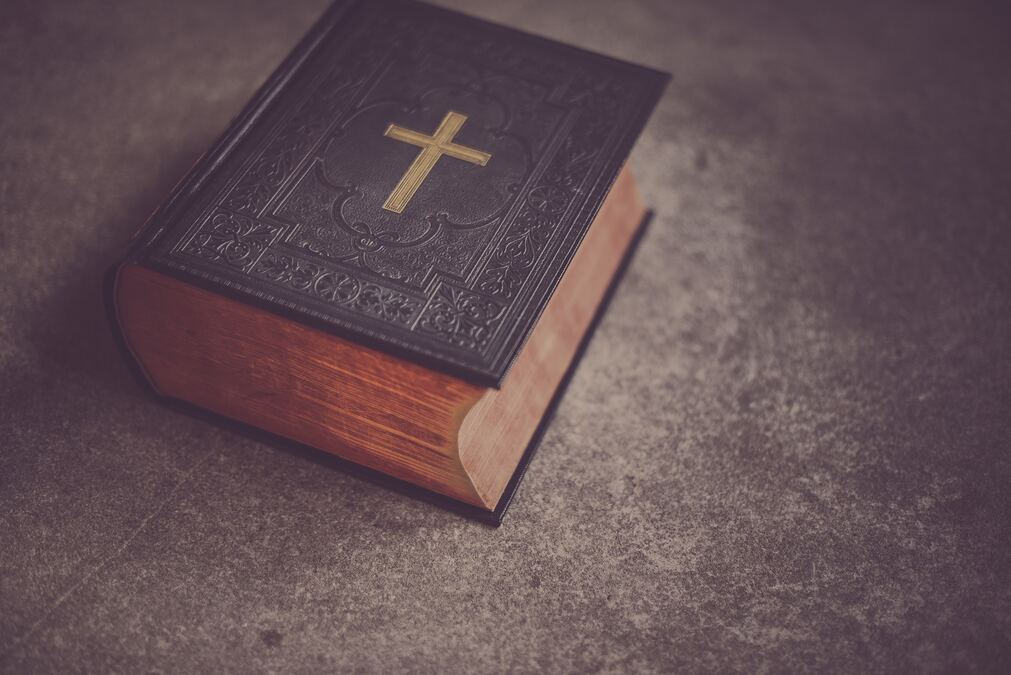
This seemingly innocent tune about three mice takes a dark turn when you get into its history. The rhyme is often linked to Queen Mary I and her staunch Catholic beliefs. The “three blind mice” are thought to symbolize three Protestant bishops who opposed Mary’s religious reforms. They were prosecuted for their beliefs, with the “farmer’s wife” – Queen Mary – ensuring they met a grim fate.
Goosey Goosey Gander
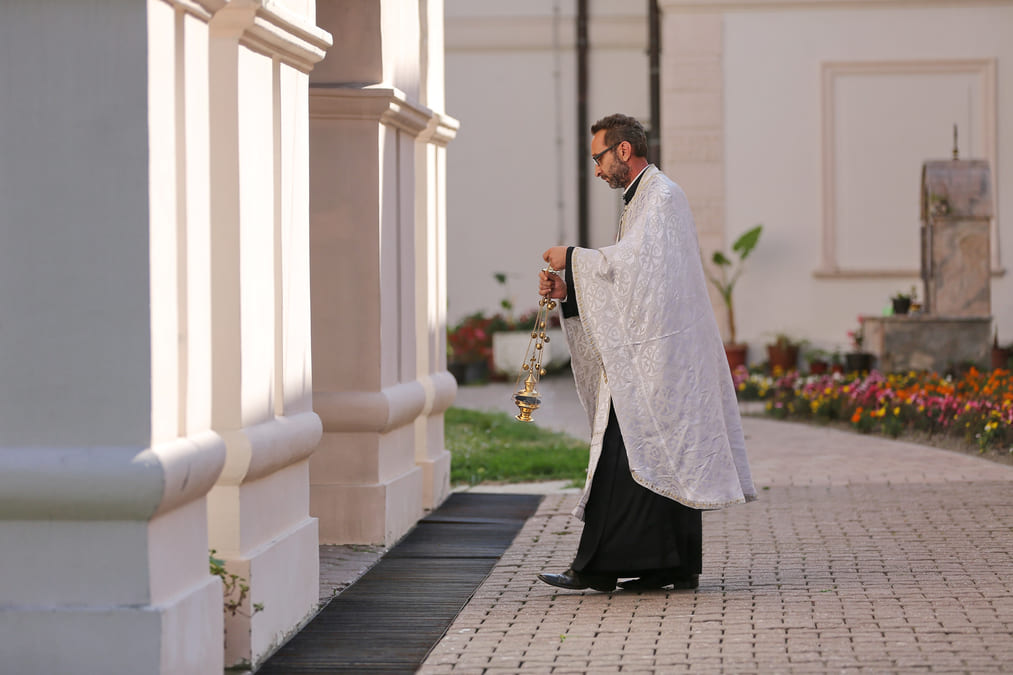
At first glance, this rhyme seems to be about a wandering goose. However, its roots lie in the religious upheavals of 16th century England. The “old man” represents Catholic priests who were forced to say their Latin prayers in secret due to the Protestant Reformation. If discovered, they faced dire consequences, reflecting the intense religious persecution of the time.
Baa, Baa, Black Sheep

This popular children’s rhyme has more to it than just a woolly sheep. Dating back to the Middle Ages, it’s believed to be a critique of the wool tax imposed by the monarchy. The “master” and “dame” represent the nobility and the church, both of whom benefited from the tax. In contrast, the “little boy” stands for the common folk, who were left with little after paying their dues. The rhyme serves as a subtle protest against economic disparity and the hardships faced by the common people.
Jack and Jill

“Jack and Jill” might seem like an innocent story about two children on a quest for water, but delve deeper, and you’ll find more sinister interpretations. One popular theory suggests that Jack and Jill represent King Louis XVI of France and his queen, Marie Antoinette. Both faced the guillotine during the French Revolution, with “Jack” (King Louis) falling first, followed by “Jill” (Queen Marie Antoinette).
London Bridge is Falling Down

The iconic “London Bridge is Falling Down” has been sung for generations, but its origins are shrouded in mystery. The rhyme might allude to the numerous adversities that the historic London Bridge faced, from Viking invasions to fires. A more macabre interpretation suggests the rhyme hints at the ancient belief in child sacrifice. It was once thought that embedding a human sacrifice within a structure would ensure its durability.
Humpty Dumpty

The image of Humpty Dumpty as a fragile egg is deeply ingrained in popular culture. However, the original rhyme never mentions him being an egg. One theory posits that Humpty was a powerful cannon used during the English Civil War. Stationed atop a wall, the cannon suffered a great fall during a battle. Despite efforts by the king’s men, the cannon was irreparable, changing the course of the war.
Pop Goes the Weasel
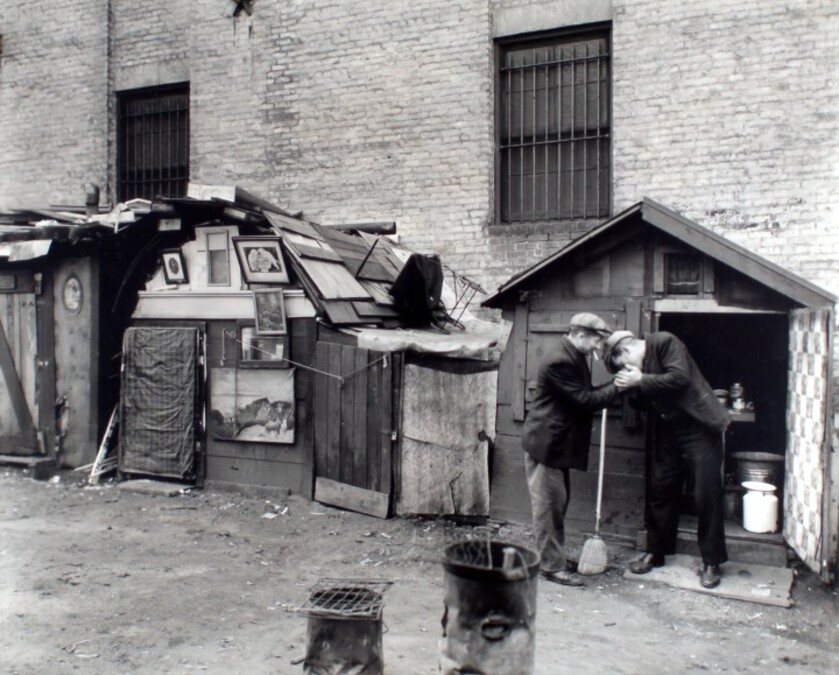
Far from a merry animal tale, “Pop Goes the Weasel” paints a picture of 19th-century England’s working-class struggles. The term “popping” was colloquial slang for pawning one’s belongings, while “weasel” was a term for a coat. The rhyme captures the desperation of those living on the edge of poverty, having to pawn their essential items to make ends meet.
Oranges and Lemons

This seemingly playful rhyme takes listeners on a journey through London, referencing various churches along the way. However, as the verses progress, the tone darkens, culminating in a grim reminder of the city’s violent past. The final line, “Here comes a chopper to chop off your head,” evokes images of public executions, a common spectacle in historical London.
Childhood memories, slightly tarnished? It’s fascinating how these seemingly innocent rhymes carry the weight of history, politics, and societal issues. Next time you hear one, you’ll know there’s more to the story than meets the ear. Remember, every tune has a tale, and not all of them are fairy tales!








